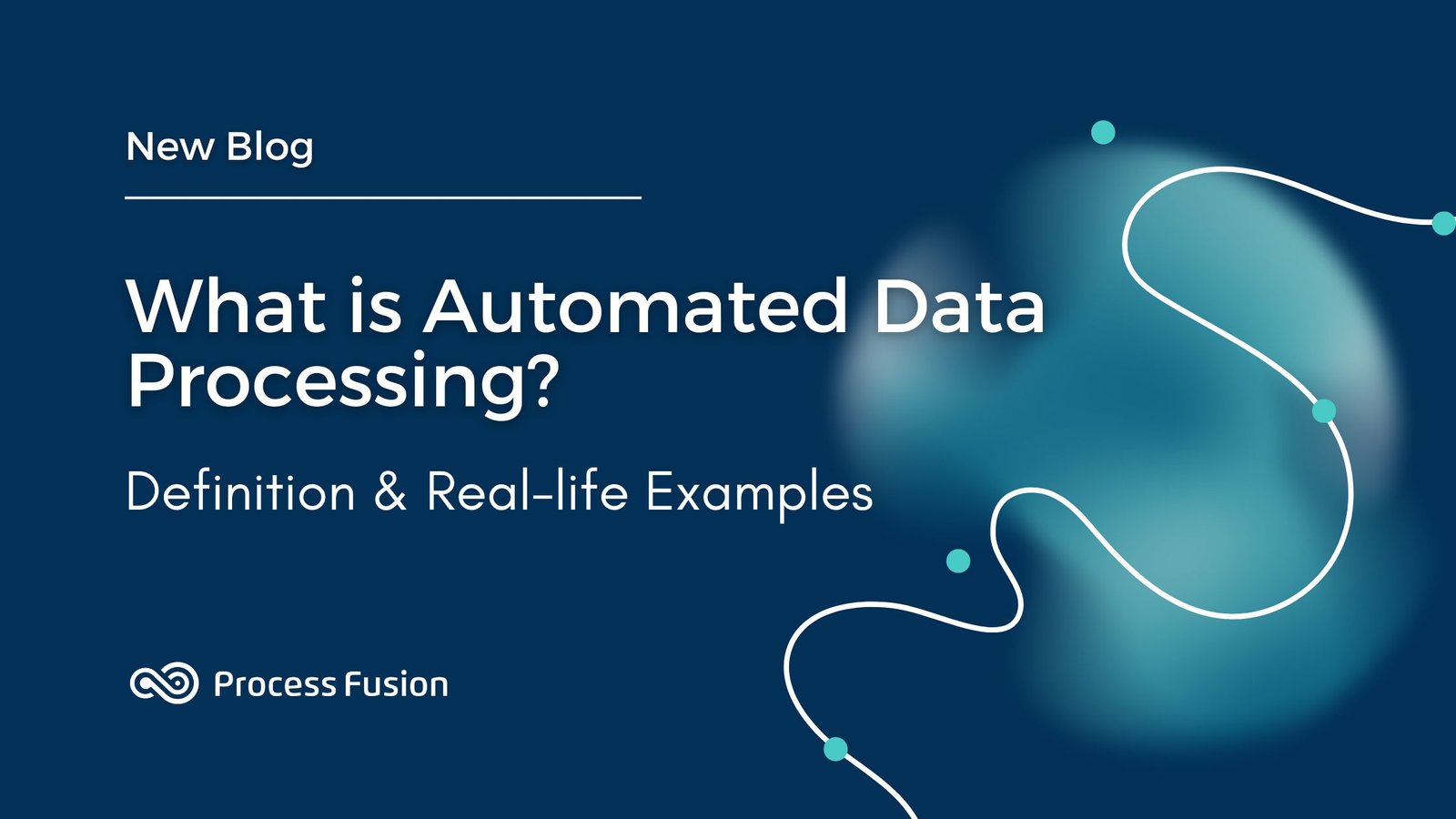How Can Automated Data Processing Be Carried Out Efficiently?
Automated data processing is a system where computers handle data. This process saves time and reduces mistakes. Let’s learn how it works!
What is Data Processing?
Data processing is the act of collecting and managing data. This can include sorting, organizing, and analyzing data. It is important because it helps businesses make decisions.
Why Automate Data Processing?
Automating data processing helps in many ways:
- Saves time
- Reduces errors
- Increases productivity
Automation allows computers to do the hard work. People can focus on other tasks.

Credit: www.damcogroup.com
Steps to Automated Data Processing
Here are the steps to automate data processing:
1. Data Collection
First, gather the data. Data can come from different sources. This includes surveys, transactions, or sensors.
2. Data Input
Next, input the data into a computer system. This can be done manually or automatically.
3. Data Storage
Store the data in a database. A database keeps data organized and easy to find.
4. Data Processing
Use software to process the data. The software can sort, filter, and analyze the data.
5. Data Output
Finally, the processed data is output. This can be in the form of reports, charts, or graphs.
Tools for Automated Data Processing
There are many tools to help with automated data processing. Here are a few:
Spreadsheets
Spreadsheets like Microsoft Excel can automate data tasks. They can sort and filter data. They can also create charts and graphs.
Database Management Systems
Systems like MySQL or Oracle store and manage data. They help keep data organized.
Data Processing Software
Software like Apache Hadoop processes large amounts of data. It is used for big data projects.
Programming Languages
Languages like Python or R are great for data processing. They can automate tasks and analyze data.
Benefits of Automated Data Processing
Automated data processing has many benefits:
Efficiency
Automation speeds up the data processing. This saves time and resources.
Accuracy
Automated systems reduce human errors. This makes the data more accurate.
Consistency
Automation ensures that data processing is consistent. This is important for reliable results.
Cost Savings
Automation reduces the need for manual labor. This can save money in the long run.
Challenges of Automated Data Processing
There are some challenges to consider:
Setup Costs
Setting up automated systems can be expensive. This includes buying software and hardware.
Maintenance
Automated systems need regular maintenance. This ensures they run smoothly.
Training
Employees need training to use automated systems. This can take time and resources.

Credit: www.future-processing.com
Examples of Automated Data Processing
Here are some real-world examples:
Online Shopping
Online stores use automation to process orders. This includes managing inventory and shipping.
Banking
Banks use automated systems for transactions. This includes deposits, withdrawals, and transfers.
Healthcare
Hospitals use automation to manage patient records. This helps doctors make better decisions.
Future of Automated Data Processing
The future of automated data processing is bright. New technologies will make it even more efficient. Let’s look at some trends:
Artificial Intelligence
AI will make data processing smarter. It can learn and adapt to new data.
Machine Learning
Machine learning will help automate complex tasks. This includes predicting trends and patterns.
Internet Of Things (iot)
IoT devices will generate more data. Automated systems will process this data in real-time.
Frequently Asked Questions
What Is Automated Data Processing?
Automated data processing uses software to handle data tasks automatically. It reduces human effort and errors.
How Does Automated Data Processing Work?
It works by using algorithms and software. They collect, process, and analyze data without human intervention.
Why Is Automated Data Processing Important?
It speeds up data tasks, improves accuracy, and saves time. It’s essential for handling large data sets efficiently.
Conclusion
Automated data processing is very useful. It saves time, reduces errors, and increases productivity. Though there are challenges, the benefits are worth it. The future looks promising with new technologies.
Summary Table
| Step | Description |
|---|---|
| Data Collection | Gather data from different sources. |
| Data Input | Enter data into a computer system. |
| Data Storage | Store data in a database. |
| Data Processing | Use software to process data. |
| Data Output | Output processed data as reports or charts. |
Automated data processing is the future. Are you ready?







